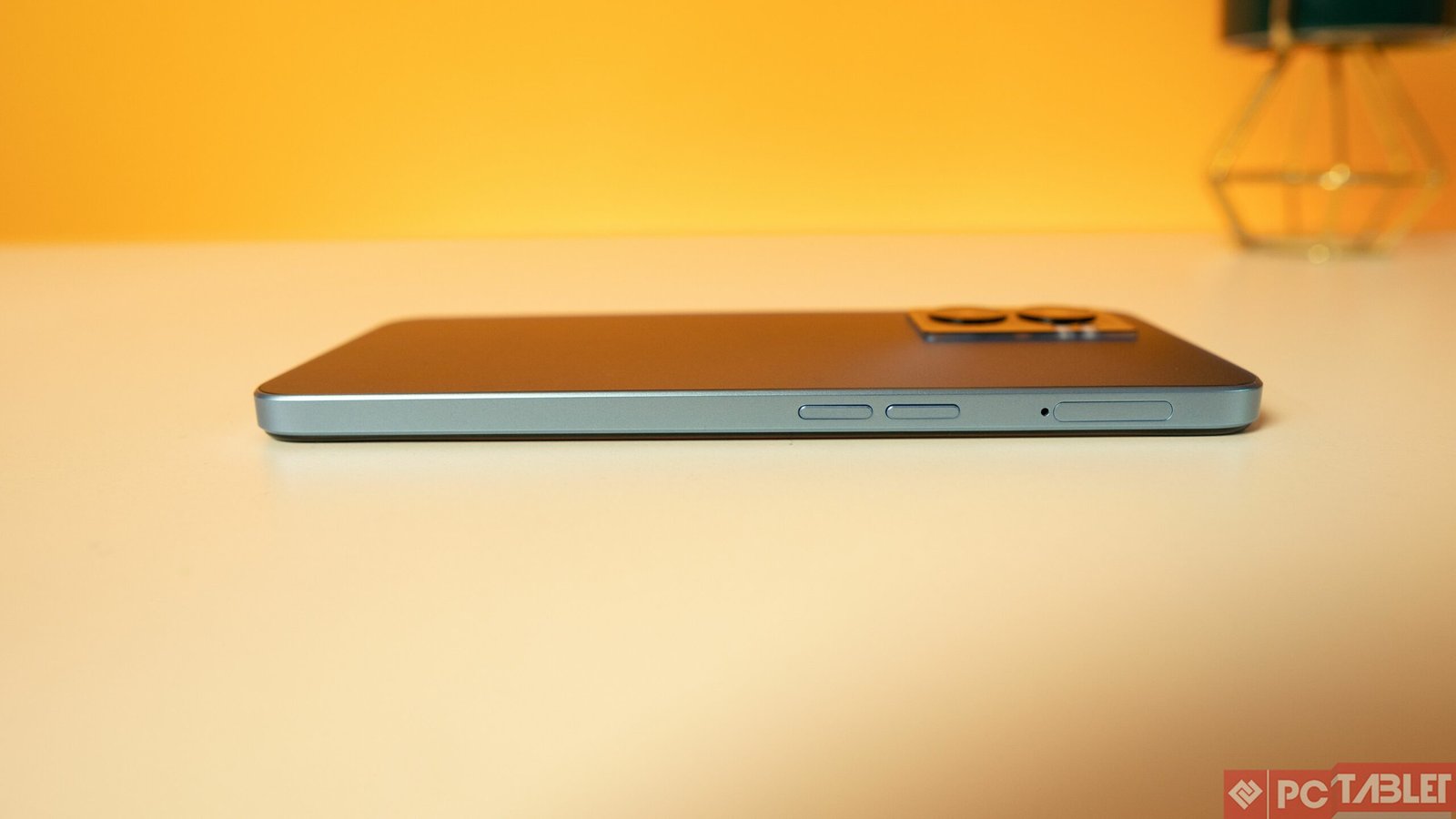While Redmi, Realme, and Motorola have dominated the affordable smartphone area, OPPO is attempting to break into the market. The company’s ‘K’ series was just reintroduced to the market, with the first phone being a 4G device. Now the company has returned with a 5G phone that joins their line of affordable 5G phones.
The OPPO K10 5G builds on the previous model, but with a new design language and a price point that will appeal to Oppo’s target market. The phone is available in various colors and with a single memory option in the country. The Oppo K10 5G, which costs INR 17,499, promises a 5G experience on a not so looking budget phone. So, should you think about getting the K10 5G as your next phone? Let’s find out in our Review.
OPPO K10 5G Specifications
Before starting with the OPPO K10 5G 5G review, let’s have a look at the phone’s specifications.
- Display: 6.56-inch HD+ resolution IPS LCD, 90Hz refresh rate
- CPU: MediaTek Dimensity 810 Processor
- GPU: Mali G-57 MP2
- RAM: 8GB
- Storage: 128GB internal storage
- Software: Android 12 (ColorOS 12.1)
- Main Camera: 48MP (f/1.7) (PDAF) + 2MP depth sensor
- Selfie Camera: 8MP (f/2.0)
- Connectivity: USB Type C, Wi-Fi, Bluetooth v5.2, GPS/ A-GPS
- Cellular: Dual SIM
- Fingerprint Scanner: Yes, side-mounted
- Battery: 5,000mAh, Li-ion Polymer, 18W Charging
Box Contents
Here’s a complete list of items you get inside the box:
- OPPO K10 5G smartphone
- 18W SuperVOOC fast Charger
- USB Type C Cable
- Earphones
- Sim Ejector Tool
- Documentation
Design
Despite its low price, the OPPO K10 5G has a luxury look and feel. Unlike other inexpensive smartphones that cut corners on design, the phone has flat edges that add to the product’s total value. Despite the phone’s big 5,000mAh battery, it’s compact and light, which is always a bonus. The entire phone is made of high-quality plastic, including the rear, which has a glass-like appearance.
The phone is available in two shades and we would personally go with the dark Black model. There is a dual-camera module on the back left with the Oppo branding on the bottom. The camera module protrudes a bit and is not exactly flushed with the back.
When you flip the phone over, you’ll notice a 6.56-inch IPS LCD panel with thin bezels on the top and sides but thicker bezels at the bottom. Another notable return is the dew-drop notch, which had previously vacated this segment. The power button is on the right side, while the volume rockers are on the left rail. The 3.5mm audio jack, speaker, and USB Type-C connector are all located on the bottom of the device, with the earpiece sandwiched between the display and the outer frame.
Display
We get a 6.56-inch HD+ IPS LCD panel with a 90Hz refresh rate. To be honest, this is a strange combo. The company chose a 720p screen, which is a downgrade in terms of pricing, but it comes with a high refresh rate. The selfie camera is housed in a dew-drop notch on the display.
As soon as you get over this, things start to pick up. The display is set to show vibrant colors out of the box, but you can adjust them using the color profiles built into ColorOS. Outdoors, the display shines brightly, with a peak brightness of well over 500 nits. There is no HDR support, and all OTT apps display content in Full HD definition.
Software
Moving to the software, the K10 5G is the latest generation of Android and ColorOS right out of the box. The ColorOS 12.1 build comes with some nifty features that are kind off lifted from OxygenOS. You still get plenty of customization options, from changing the themes to wallpapers, icons, and more, since ColorOS at its core is a decked-out skin on top of Android.
There is noticeably less bloatware this time too which is always welcomed. The use of AI is even more pronounced now, which has been deeply integrated into all the elements ranging from camera app with dedicated modes to dynamic color shifting in the display section.
Performance
The phone is powered by the MediaTek Dimensity 810 SoC which has been slowly disappearing from the market now. The chip is old, MediaTek released this for OEMs to pack in budget offering mainly for 5G. Since 5G has still not been introduced in the market, going with this chip is a questionable move. That being said, the Dimensity 810 is very much capable to push the phone through all the day-to-day tasks with ease.
We didn’t detect any noticeable lags or overall sluggishness in the UI during our limited use. The user interface is smooth and clean, with good memory management. Even though the phone is only available in one variant with 8GB RAM, you still get the Dynamic RAM function, which gives you more virtual RAM to improve your experience. We tried some gaming, and games like PUBG and Asphalt 9 played relatively smoothly on medium graphics settings.
Camera
OPPO’s cameras have always been impressive, and the one on the K10 5G is no exception. On the back, the phone has a dual-camera arrangement with a primary 48MP sensor and a secondary 2MP depth sensor. The primary camera does all the heavy lifting because the secondary sensor is only for restricted data. A front-facing 8MP selfie camera is buried away in the notch.
The primary sensor captures images that are clear, detailed, and have natural colors. At best, the dynamic range is adequate. Switching on the Night mode, which aids in attaining good results, is recommended for taking darker images. With the depth sensor activated, the portraits are quite good, especially considering the phone’s price.
The layout of the camera app is straightforward and follows the usual OPPO pattern. The front camera is only acceptable at best, with an 8MP sensor that captures accurate skin tones but lacks details.
Battery
The OPPO K10 5G gets a reasonably decent 5,000mAh battery under the hood. The phone lasted for a full working day with a screen ranging from six to seven hours on medium to heavy usage during our testing. Of course, our heavy use included a bit of gaming, content consumption, usual texting, and high camera usage.
Sadly we only get 18W fast charging support on the phone along with the supplied brick. With the supplied charger, the phone took close to 2 hours for a full top-up from a 10% charge.









